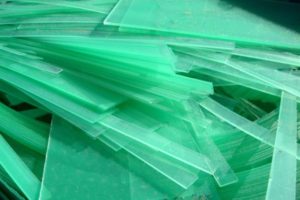
The Origins of Plastics: A Surprising History
The Organization for Economic Co-operation and Development (OECD) recently published guidelines that promote the use of chemically sustainable compounds for every stage during the lifecycle of plastic manufacturing. While it’s clear that plastics remain essential to human manufacturing, the compounds used in the future will no longer come with the adverse environmental effects we’ve seen in the past.
It may surprise you to learn that plastics aren’t necessarily synthetic. In fact, rubber that comes from rubber..
Thermal Press with Advanced Motion Control
Thermal Press machines with fully integrated Servo Actuators and Load Cells deliver the highest accuracy for your assembly projects and processes using our new force process mode of operation.
This advanced process motion control method allows for the most precise servo motion using force monitoring capabilities for your most demanding assembly requirements. Thermal Press machines feature..
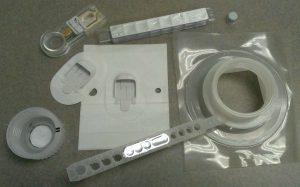
The performance of plastic parts often depends on the staking method applied during the manufacturing process. Ultrasonic plastic welding is a popular option among manufacturers, but product designers and process engineers need to keep in mind there may be some issues with the technology.
With ultrasonic welding, the production cycles are fast, it doesn’t require any additional consumables, and it works well in a variety of different applications. When deciding to use ultrasonic technology for the welds and joints, one should consider possible issues that can arise during the design..
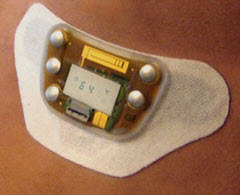
When you’re bringing new products to market, it’s essential to consider the entire production lifecycle before moving towards manufacturing. Keeping the manufacturing and assembly in mind when designing the product can save time and money during the production process. As the final price of the product can determine its viability, finding the optimal design for manufacturing (DFM) will aid in balancing the productive-efficiency curve.
DFMA – Design for Manufacturing and Assembly
Finding lean manufacturing and assembly processes isn’t exactly simple. Once the functional design..

Using heat staking thermal presses for plastic assembly systems provides a flexible and efficient platform of tools. A good example of this was when Thermal Press assisted a medical device manufacturer to implement a complete hot staking solution for their plastic implants.
The basic process wasn’t particularly complex – it involved contact
deformation of base parts using thermal manipulation. However, the devices used
to create these types of assemblies need precise control features and exact
thermal delivery systems.
Using..
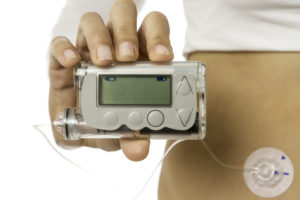
Between space and medicine, you’d be hard-pressed to find a more regulated industry. This makes sense as these industries contain many of the same dangers. In space, vacuum tight seals are important for survival.
In medical devices, having precisely measured seals can also mean life and death, so regulations are just as stringent. The many different applications of heat seals in the industry (such as ports & plates) require the highest standard of equipment manufacturing to deliver consistent, validated results.
Medical Applications..
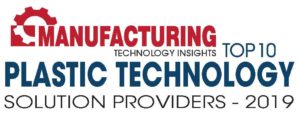
Plastics are the most commonly used chemical compound in human life and have become an integral part of our day to day life. It has become a part of our world due to its versatility and cost-effectiveness. The global reinforced plastics market is anticipated to reach $16 billion by the end of 2019. Though extensive research and new technologies have led to invent of newer and safer plastics, drawbacks and challenges of plastics have never been resolved and the world is beginning to witness its negative impacts today. Energy efficient ways of developing smarter plastics and research..

Globally, enterprises use plastic material in their products to achieve the desired weight, increased durability, and more importantly, reduced manufacturing cost. However, many of them still use traditional thermal assembly machines, which are time-consuming, costly, and inefficient. Worse, they need a quality checker on the assembly line to inspect the goods manually. California-based Thermal Press International not only designs and builds thermal assembly machines but also helps its clients conceptualize, design, and develop products. The company’s high- end machines with customized tooling packages cater to the needs of manufacturers who are looking for a just-in-time quality control..
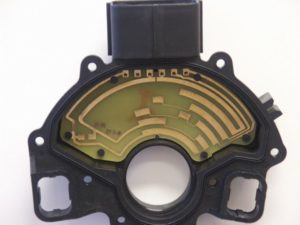
Heat staking is a method of joining two components of the same or varied materials without the use of adhesives or fasteners. It’s a relatively straightforward process using heat and force, and an integral part of many production lines.
Here’s what you need to know about heat staking.
What Is Heat Staking and What Materials Is It Used On?
Heat staking is a versatile and economical process to join materials by fitting a plastic stud..
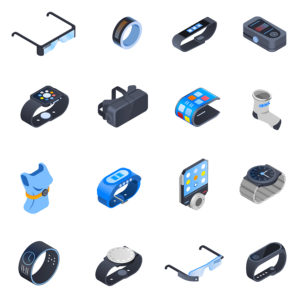
While heat staking may sound like a strange term when
brought up in a social conversation, chances are you interact with products
that have undergone heat staking every day. Heat
staking is a technique used in the production and manufacture of products
where components of various materials need joining together, which is quite
common in consumer appliances.
While heat staking is often utilized when joining two
plastic components, it is also viable for joining plastic to metal and many
consumer products are assembled..








